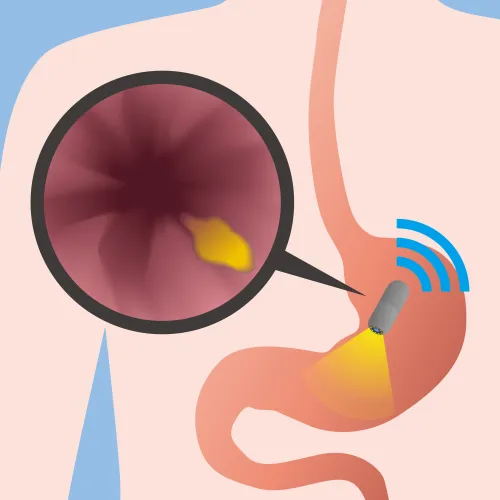Oncology & Hematology Coding Alert
Mythbusters:
Bust These 5 Myths for Successful Ovarian Cancer Coding
Published on Fri Jan 28, 2022

You’ve reached your limit of free articles. Already a subscriber? Log in.
Not a subscriber? Subscribe today to continue reading this article. Plus, you’ll get:
- Simple explanations of current healthcare regulations and payer programs
- Real-world reporting scenarios solved by our expert coders
- Industry news, such as MAC and RAC activities, the OIG Work Plan, and CERT reports
- Instant access to every article ever published in Revenue Cycle Insider
- 6 annual AAPC-approved CEUs
- The latest updates for CPT®, ICD-10-CM, HCPCS Level II, NCCI edits, modifiers, compliance, technology, practice management, and more
Related Articles
Other Articles in this issue of
Oncology & Hematology Coding Alert
- Mythbusters:
Bust These 5 Myths for Successful Ovarian Cancer Coding
Are you remembering to use the new bilateral codes? Cancer coding is more art than [...] - Prolonged Services:
Know The Dos and Don’ts of Non-Face-to-Face Prolonged Service Coding
Here’s how to capture all the time your provider spends outside of patient contact. Most [...] - Test Yourself:
Put Your Leukoplakia Coding Skills to the Test With This Case Study
Can you distinguish between these biopsy procedures? Oral hairy leukoplakia may sound like the kind [...] - You Be the Coder:
Add All MDM Elements Before Assigning E/M Level
Question: A patient returned for a six-month follow-up after undergoing a punch biopsy of his [...] - Reader Questions:
Sequence These IV Codes for Concurrent Pushes
Question: A patient was suffering from nausea and vomiting, so our provider ordered two intravenous [...] - Reader Questions:
Question Purpose Before Billing This Hydration Service
Question: Recently, one of our patients received hydration for 45 minutes. At that point, the [...] - Reader Questions:
Document These Encounter Codes for Hormone Therapy
Question: When a patient presents to our practice for hormone therapy injections to treat breast [...]
View All




